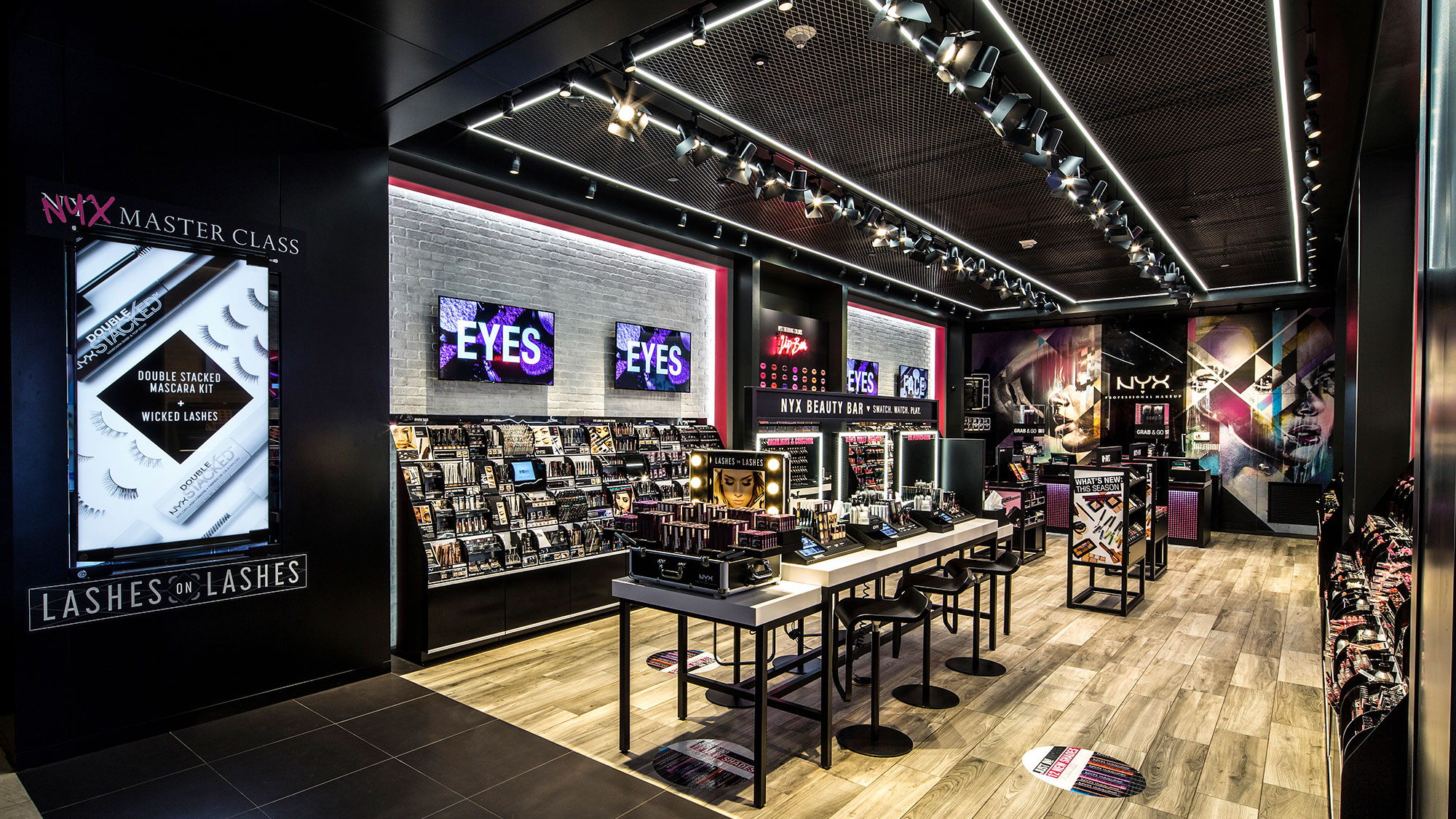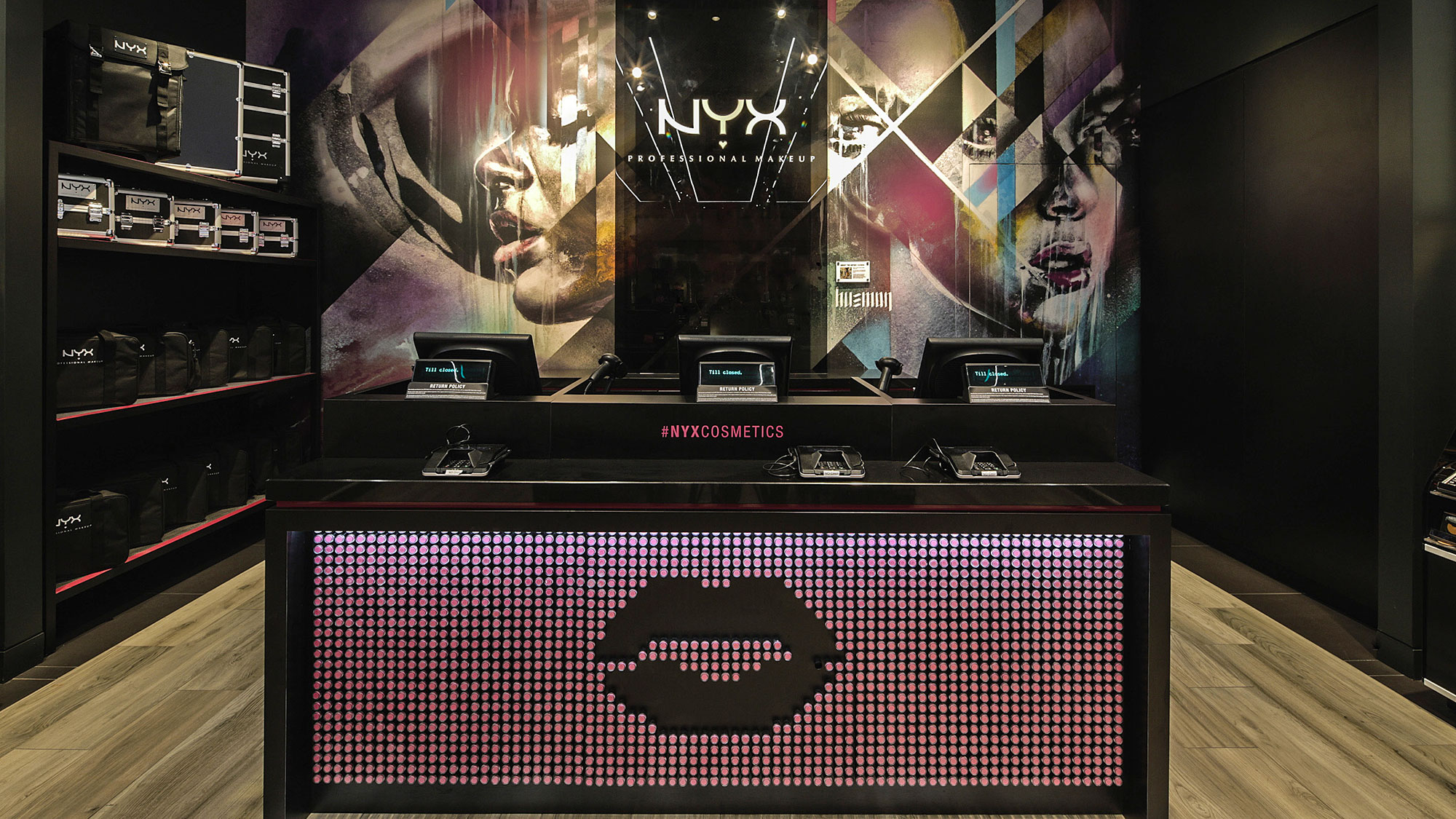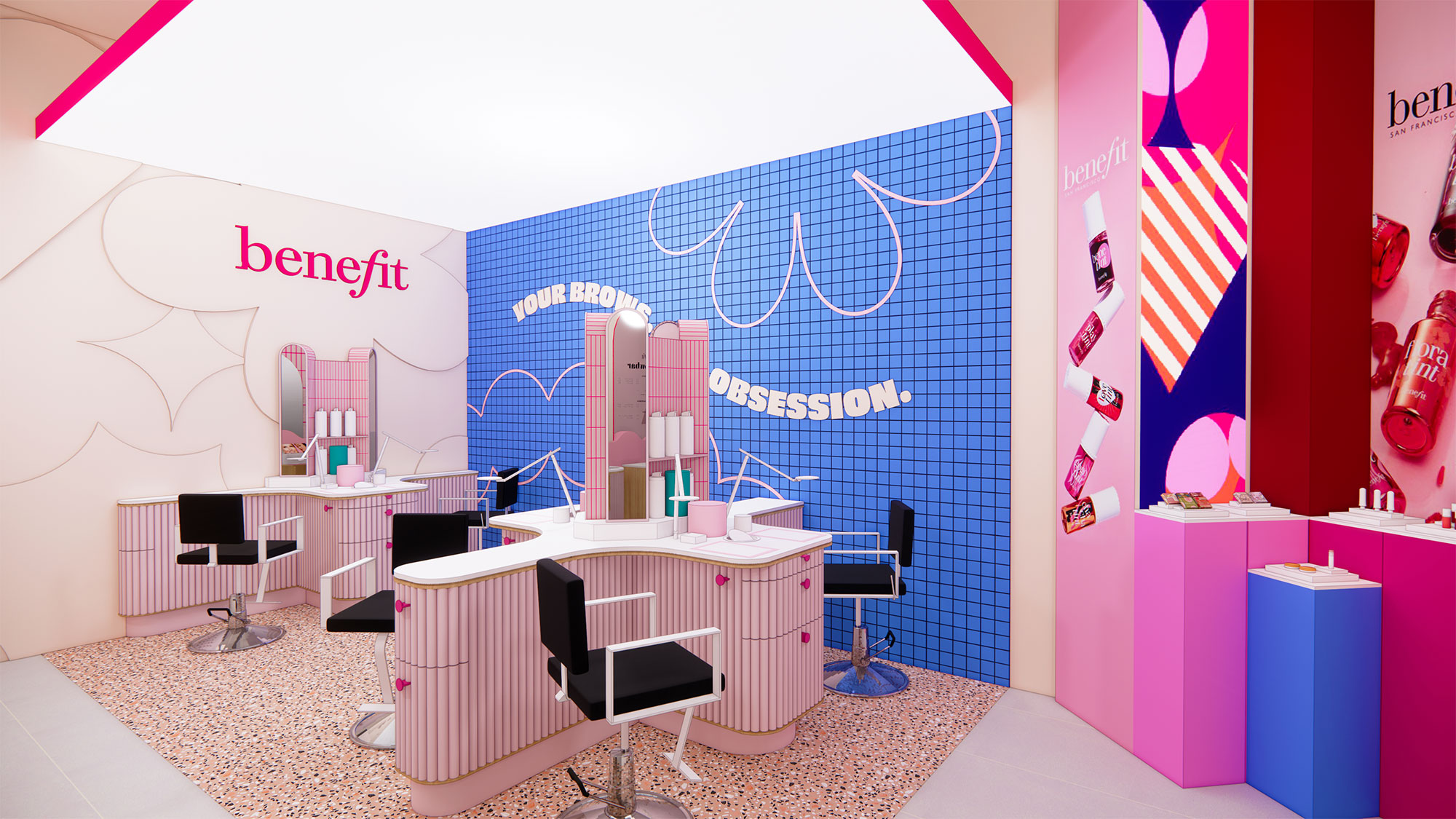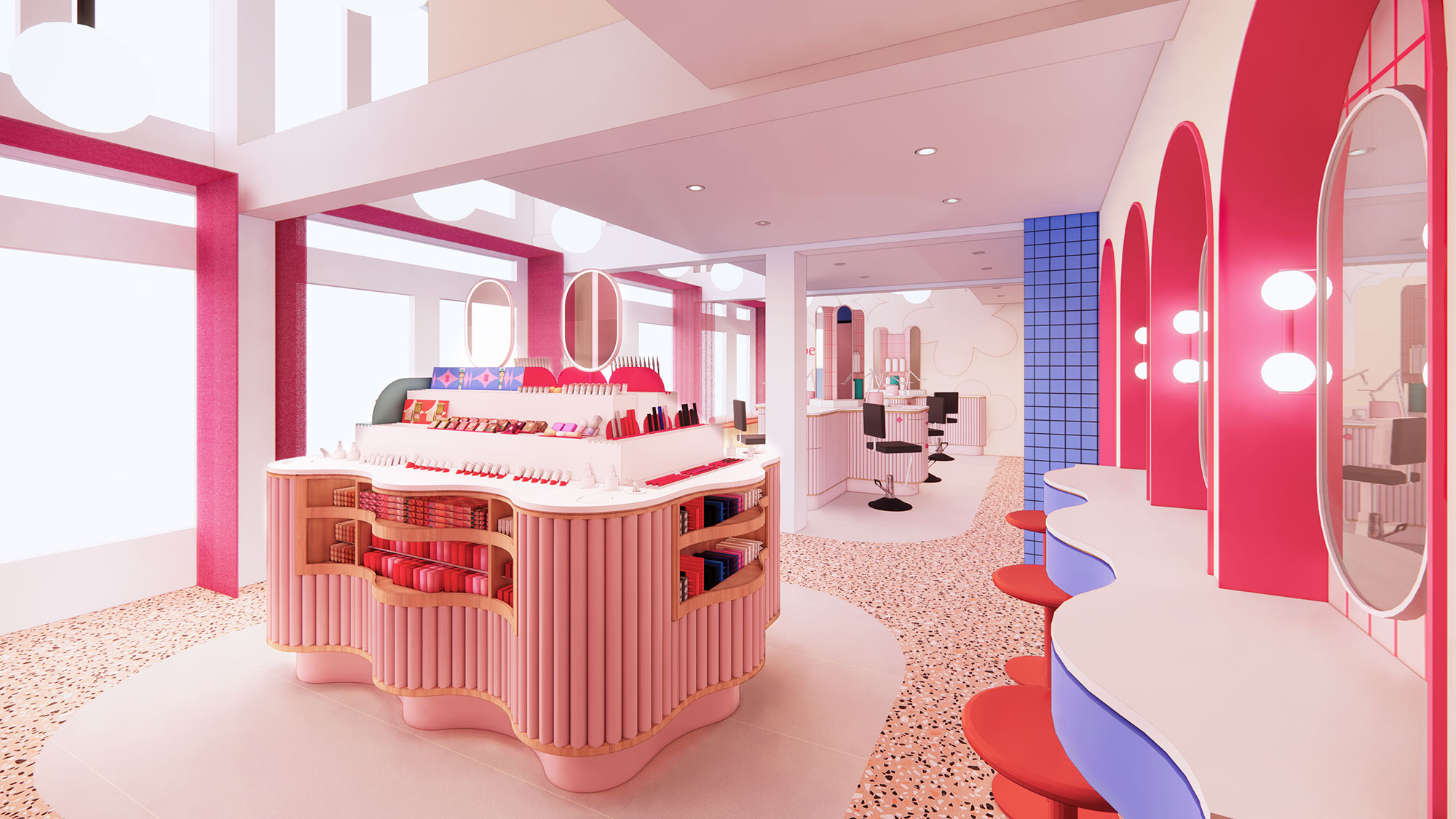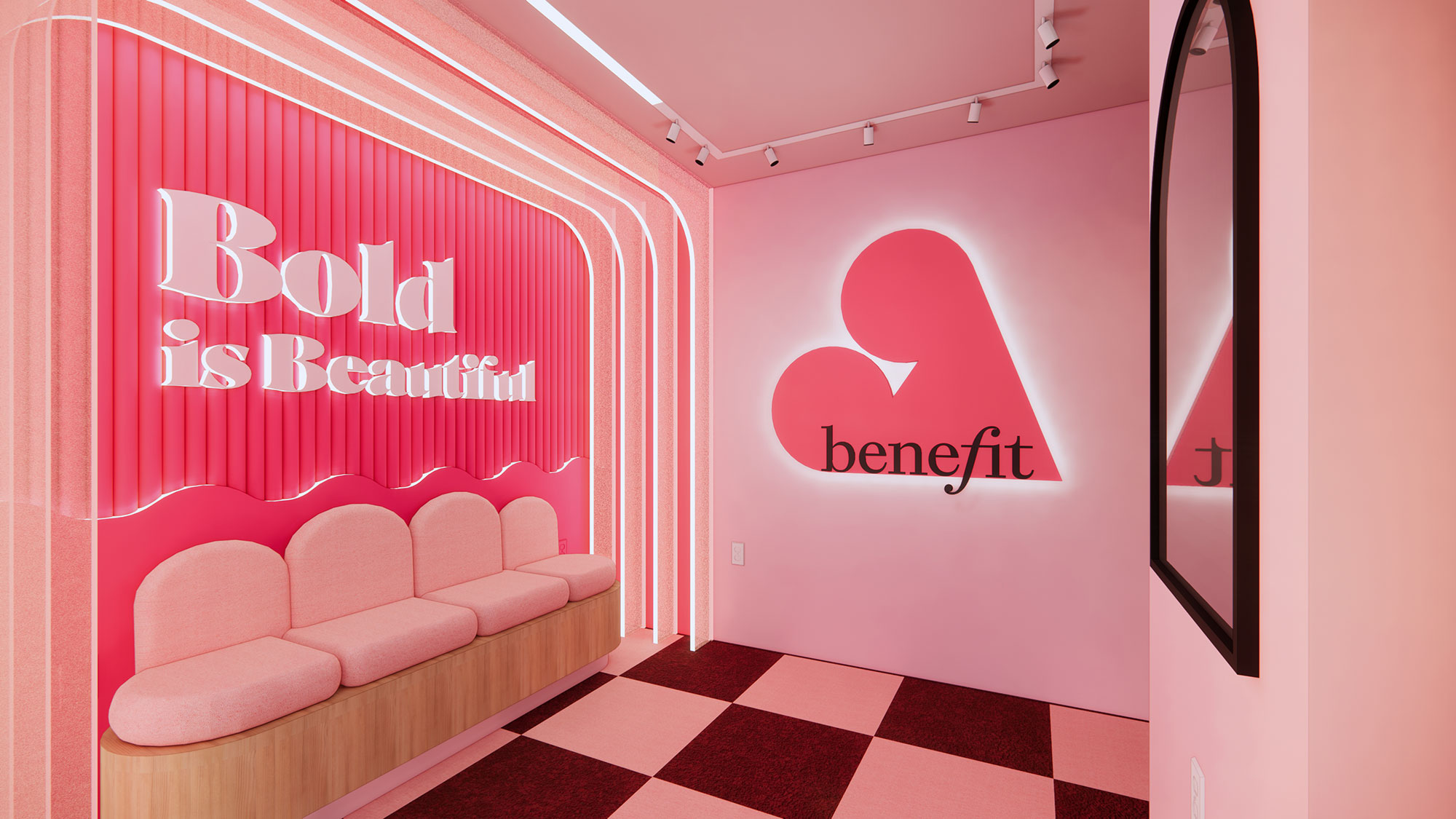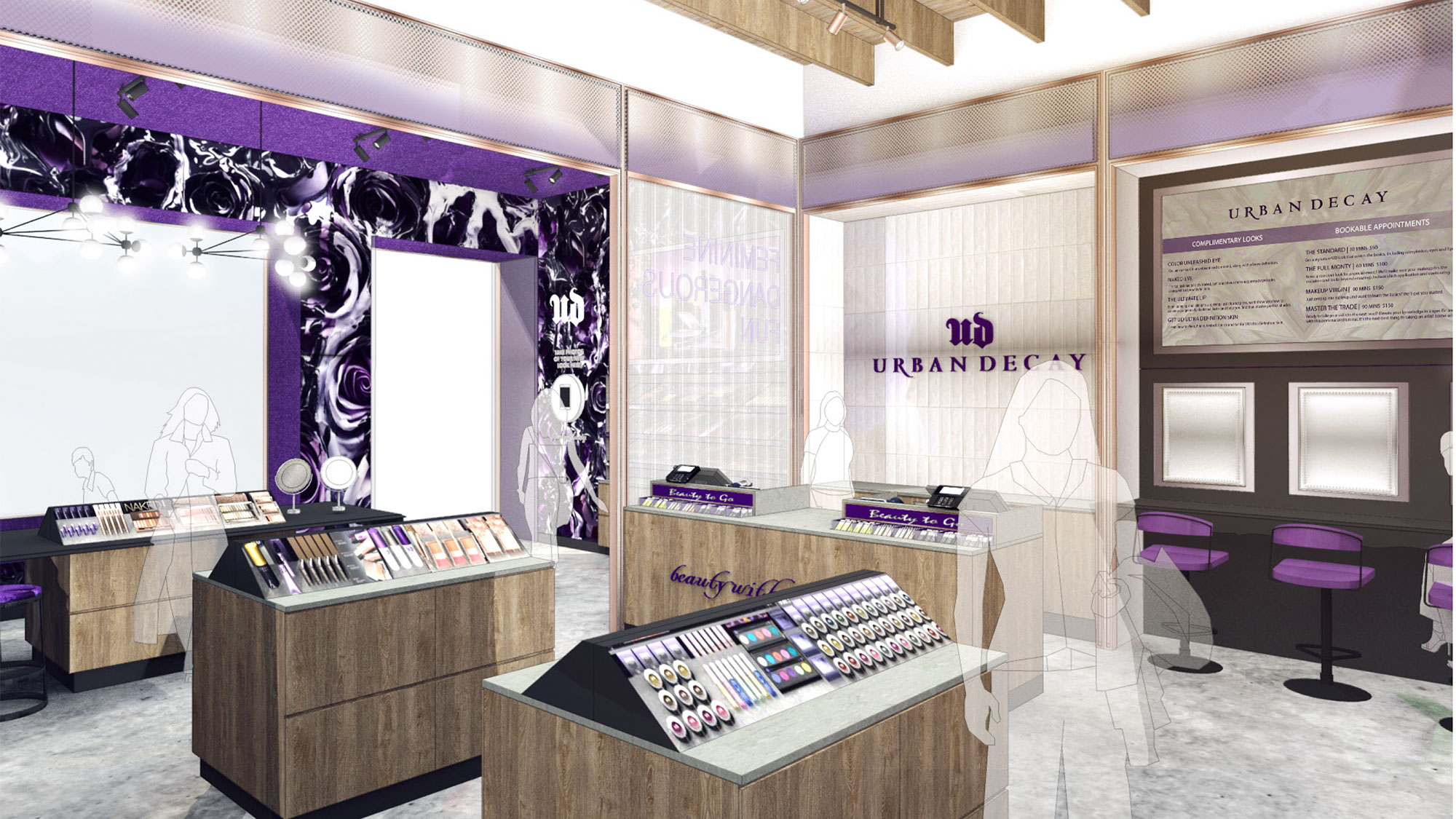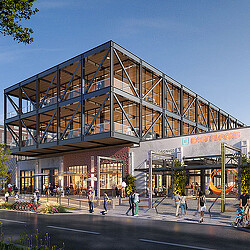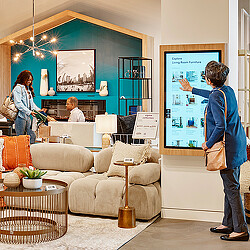Beyond the Screen: Making Digital Beauty Brands Shine in Real Life
How digital-first retailers can navigate the crucial transition of a brand into physical space.

From skincare startups born on Instagram to cult-favorite makeup lines made famous on TikTok, digital-first brands are transforming the beauty landscape. These brands, which have built their empires one post, swipe, or viral moment at a time, have mastered the art of online connection. But as powerful as digital can be, it’s not the whole story. At some point, clicks and content aren’t enough.
Beauty is inherently sensory — it’s about texture, scent, color, and emotion. Consumers want to experience it firsthand. That’s where the transition from digital to physical becomes both a creative challenge and a strategic opportunity. Done right, it turns a store into a living expression of your brand — one that deepens loyalty, builds community, and brings the brand world to life in three dimensions.
Why Physical Presence Matters More Than Ever
A digital platform can tell a story — but a physical space lets people feel it. Unlike the flatness of a screen, retail environments offer multisensory engagement: the shimmer of light, tactile textures, the sound in the room, and fragrance in the air.
Consumers today crave more than just products; they want meaning. They’re looking for transparency, sustainability, and values they can align with. They don’t just want to believe in the product — they want to belong to the brand. That’s the power of an IRL experience: it gives digital-first brands a physical heartbeat. It transforms abstract values into tangible design cues, transforming spaces into storytelling stages that build trust and emotional connection.
Bringing Digital-First Brands Into Real Life
Designing a physical presence for a digital-native beauty brand isn’t about replication — it’s about translation. Here’s how to do it right:
1. Stay True to the Brand DNA
Start with what made the brand resonate online — its tone, palette, and personality — and express it spatially. Every surface, light, and texture should feel unmistakably “you.” A cohesive design language across digital and physical touchpoints creates instant recognition and reinforces authenticity.
2. Create Immersive & Interactive Moments
A store isn’t just a place to shop — it’s a playground for discovery. Use technology intentionally: VR mirrors, AI-driven skin analysis, or digital storytelling displays can bridge the digital and physical worlds. Combine those innovations with tactile experiences — VIP treatment rooms, scent libraries, pigment play stations — to make the visit unforgettable.
3. Design for Community and Content
Today’s stores double as studios. Build spaces that invite participation — from influencer events and beauty masterclasses to user-generated content moments that seamlessly flow back to your social channels. A well-designed backdrop isn’t just beautiful; it’s strategic. It keeps your brand circulating in the digital sphere long after the visit ends.
From Transactions to Transformation
Moving into physical retail isn’t about stepping away from digital — it’s about amplifying it. The store becomes a living, breathing channel in your brand ecosystem, one that bridges URL and IRL.
For beauty brands, the goal isn’t just to drive sales — it’s to create experiences that inspire loyalty and spark ongoing dialogue. The best spaces do more than showcase products; they make the brand’s world tangible, sensory, and emotionally resonant.
In the end, your physical space isn’t just a store — it’s your brand brought to life. Think of it as the next chapter of your story: a stage where customers don’t just see your brand — they feel it.
For media inquiries, email .
